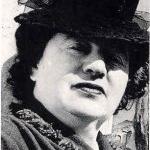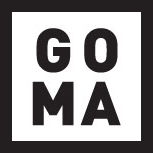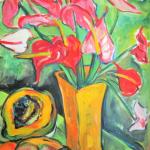
Irma Stern
See all artistsBORN 1894 SCHWEIZER-RENEKE SOUTH AFRICA
At the outbreak of the South African War her parents moved back to Germany where she lived until 1920. In 1913 Stern studied art in Germany at the Weimar Academy, in 1914 at the Levin-Funcke Studio and notably from 1917 with Max Pechstein, a founder of the Novembergruppe. Stern was associated with the German Expressionist painters of this period.
Fresh from her studies under Max Pechstein at the Berlin Academy, Stern returned to Cape Town in 1920, where she continued to pursue those tenets of German Expressionism: authenticity and colour; via exoticism and primitivism, as seen in her depictions of native African women.
Stern's love of the flowers she grew in her garden often found direct expression on canvas. As with her earlier portraits, her still lifes also allowed her to experiment with rhythm and colour, the native and the authentic. Furthermore, these flower pieces offered Stern the opportunity to combine her exterior and interior worlds and to experiment with a wealth of colour schemes, unhindered by the ordinary tones of flesh or landscape.
Jacob Epstein famously once told Stern: "At last a painter who can paint comes to London. Do you know that nobody living can paint flowers better than you can - that the Renoir roses I just saw look like paper against your flowers?"
Almost one hundred solo exhibitions were held during her lifetime both in South Africa and Europe: including Germany, France, Italy and England. Although accepted in Europe, her work was unappreciated at first in South Africa where critics described her early exhibitions in the 1920s with reviews titled "Art of Miss Irma Stern - Ugliness as a cult". A new record was set in March 2011, when a Stern sold as the most expensive South African Painting in history at Bonham's, London.
Image of Irma Stern from: http://www.lifewithart.com/artists/irma-stern.html

